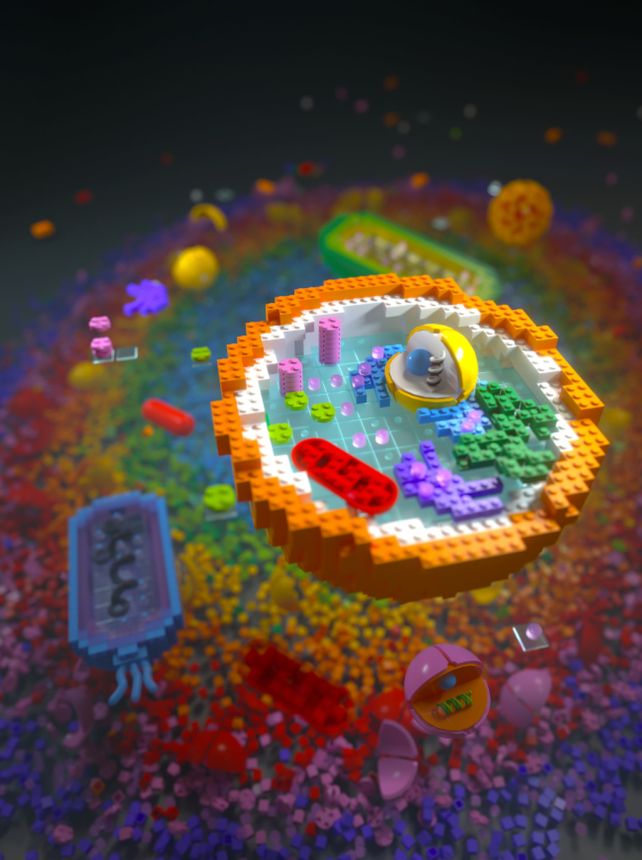Physics is a marvelous framework for understanding how the Universe works, but there are a few gaps in its coverage. One of those is evolution.
Although biology should fall in line with physical theory, as most things do, that theory so far has not been able to predict evolution, and the emergence of traits and culture.
On the basis that it ought to be able to do so, an international team of scientists led by theoretical physicist Sara Walker of Arizona State University and chemist Lee Cronin of the University of Glasgow has found a way to bridge that gap.
They've called their new framework 'Assembly Theory', and say that it could help search for life on other worlds.
"Assembly theory provides a completely new lens for looking at physics, chemistry and biology as different perspectives of the same underlying reality," Walker explains.
"With this theory, we can start to close the gap between reductionist physics and Darwinian evolution – it's a major step toward a fundamental theory unifying inert and living matter."
They propose this unification is evident when we consider objects not just as they currently are, but through the dimension of time, too, taking into account both how they formed and their potential to change.
To do this, the researchers built on their previous work, in which they compiled what they called a molecular complexity index.
To compile a molecular complexity index, they determined the smallest number of steps required to create each type of molecule, and assigned them a complexity based on the number of those steps. Only life and technological processes resulted in molecules that required more than 15 assembly steps.
In their new research, they have generated a mathematical framework for defining how much selection is required to produce a complex object – such as proteins or eyes or scales – from molecular building blocks.
It's like the molecular complexity index, but on a more advanced scale.

This assembly theory is based on the minimal number of steps required to build the object, its minimal memory, and also considers the abundance of the given object in the world: its copy number.
The copy number is important because as the object's complexity increases, the likelihood of its existence being repeated by fluke diminishes. Unless there's some external force or pressure helping it defy the odds over time. This is exactly how selection works on random mutation in the process of evolution.
Using the resulting foundations for assembly theory, the researchers were able to theoretically quantify the degree of selection and evolution required to produce a collection of evolved objects, from molecules to cellular structures.
But the results don't just work for existing objects. They can also be used to predict the emergence of new ones. This means that they can apply some level of predictability to the possibility of life emerging in a given system; for example, Saturn's moon Titan, on which many of the building blocks of known life can be found.
The team will be working to further refine their work to understand how assembly theory can define life. But the theory can be tested experimentally, meaning that they can apply it in a laboratory setting to try and recreate the origins of life.
This means that it could supply answers, not just to life elsewhere in the Universe, but the mystery of how life first emerged here on Earth.
"Assembly theory provides an entirely new way to look at the matter that makes up our world, as defined not just by immutable particles but by the memory needed to build objects through selection over time," Cronin says.
"With further work, this approach has the potential to transform fields from cosmology to computer science. It represents a new frontier at the intersection of physics, chemistry, biology and information theory."
The research has been published in Nature.
